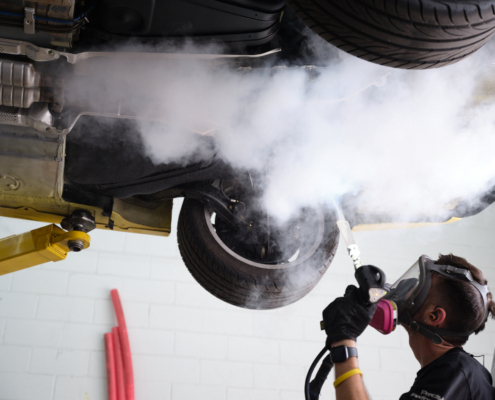Revolutionizing Cleaning with Dry Ice Blasting: A Game-Changer for Industries
In the world of industrial cleaning, traditional methods often fall short in terms of efficiency, environmental impact, and the ability to clean without causing damage. Enter dry ice blasting, a revolutionary cleaning technique that is transforming the way industries approach maintenance and cleaning. With its unique approach utilizing the power of dry ice, this method stands out as a game-changer in industrial cleaning.




